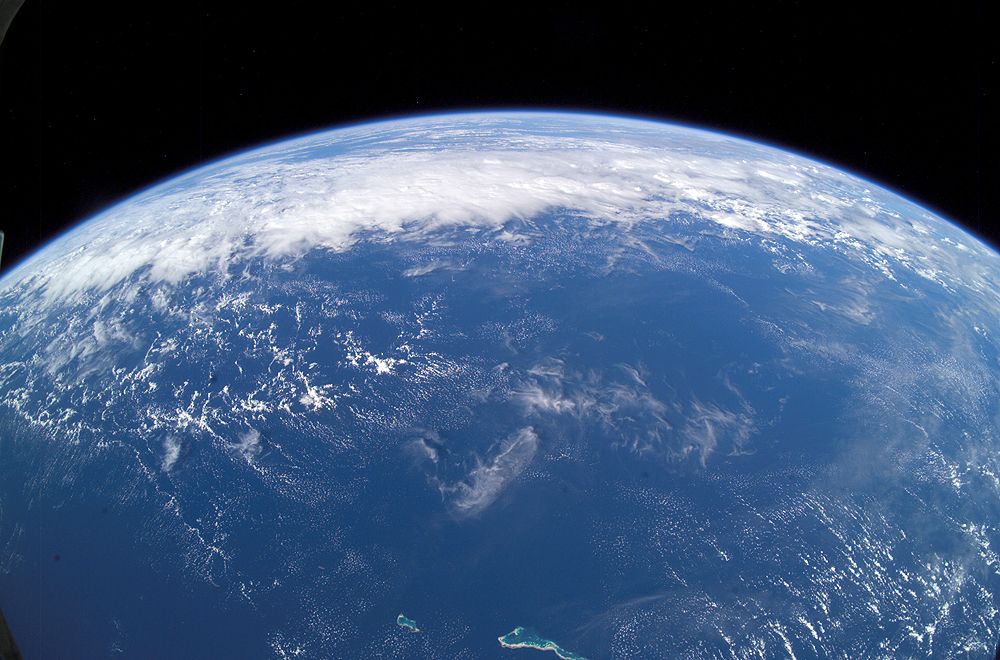In recent years, the prospect of colonizing Mars has transformed from science fiction into a tangible objective, with advancements in technology and space exploration paving the way for future settlers. One of the most critical challenges faced by those embarking on the mission to the Red Planet is the need to construct sustainable habitats using local materials. In situ resource utilization (ISRU) plays a pivotal role in this endeavor, allowing structures to be built without relying entirely on materials from Earth. A research project conducted by a team of Iranian engineers aims to explore the feasibility of creating concrete from Martian soil and other local resources, thus providing a potential solution to this pressing issue.

The Foundations of Martian Habitat Construction
As humanity prepares to inhabit Mars, one of the foremost concerns is ensuring the safety and stability of constructed habitats. The concept of ISRU involves using resources available on Mars to reduce dependence on supplies sent from Earth. Materials such as water ice, regolith (Martian soil), and even biological materials could be pivotal in constructing durable shelters.
Understanding Martian Regolith
The Martian regolith is primarily composed of fine dust and rocky debris that cover the planet's surface. Recent analyses from rover missions and orbiters have revealed that it contains essential elements such as silicon, oxygen, aluminum, iron, and magnesium, which can be vital for creating concrete. The chemical properties of regolith vary widely across different regions on Mars, which offers challenges and opportunities in terms of construction.
| Element | Percentage in Martian Regolith |
|---|---|
| Silicon (Si) | 20% |
| Oxygen (O) | 43% |
| Iron (Fe) | 19% |
| Magnesium (Mg) | 5% |
| Calcium (Ca) | 6% |
Using this diverse chemical makeup, researchers are evaluating various types of concretes that could be created from Martian materials.
Types of Concrete for Martian Habitats
The study conducted by Omid Karimzade Soureshjani, Ali Massumi, and Gholmreza Nouri in Acta Astronautica focused on various concrete types that could be feasible for building on Mars. Their research compiled data sets on soil composition from Mars missions and utilized structural engineering principles to propose different mixes. Some notable types of concrete include:
- Sulfur Concrete: This concrete incorporates sulfur, which can be abundant on Mars.
- Geopolymer Concrete: A sustainable option that uses naturally occurring silicates and aluminates.
- Magnesium Silica Concrete: This variant utilizes magnesium compounds available in Martian regolith.
- AstroCrete: A novel concept that incorporates human biological materials, such as human serum albumin, into the concrete mix.

Building the Martian City
The goal of establishing a self-sustaining city on Mars is rapidly gaining support in scientific communities. The researchers of the current study emphasize the critical necessity of constructing safe and adequate buildings suitable for Martian conditions. Given that the high costs of transporting materials from Earth can be prohibitive, utilizing local resources presents a logical and economical solution.
The concept of a Martian megabase that can accommodate millions of people has been proposed, wherein the ability to construct necessary infrastructure using Martian materials is paramount. The authors assert that:
“The goal would be to establish a self-sustaining city (self-sufficient megabase) on the surface of Mars, accommodating at least a million people.”
Challenges in Construction on Mars
Building on Mars is not without its challenges. The unique environmental conditions present significant obstacles, particularly:
- Lower Atmospheric Pressure: The Martian atmosphere is less than 1% the density of Earth’s, which can affect concrete curing and durability.
- Radiation Exposure: Mars is subjected to higher levels of cosmic radiation due to its thin atmosphere, necessitating protective designs and materials.
- Temperature Fluctuations: The extreme temperature variations can impact the stability and composition of building materials.
Addressing these challenges requires innovative engineering solutions and a deep understanding of Martian geology and environmental science.
Potential of Organic Binders: Blood Concrete and AstroCrete
A particularly novel aspect of the research involves the use of organic binders, such as human serum albumin (HSA), to create what has been termed "AstroCrete." By leveraging human biological materials, settlers could produce strong building materials from abundant resources such as sweat, tears, and urine.
| Organic Material | Potential Use |
|---|---|
| Human Serum Albumin (HSA) | Binder for AstroCrete |
| Sweat | Raw material for binding |
| Tears | Raw material for binding |
| Urine | Raw material for binding |
This innovative approach is effective and raises intriguing ethical considerations about the usage of human-produced materials in construction.
Exploratory Studies and Future Directions
The authors of the study advocate for continued research into the materials available on Mars and their potential applications in construction. This emphasizes not only the composition of Martian soil but also the upcoming missions' capability to analyze and test various materials on-site.
By exploring and understanding local resources, future colonists can design effective building solutions, ultimately facilitating long-term habitation on the Red Planet. Insights gained from current and prospective missions, such as those guided by NASA and private enterprises, will help reshape our approach to extraterrestrial construction.
References
- K. Soureshjani, O., et al. (2024). Martian buildings: Feasible cement/concrete for onsite sustainable construction from the structural point of view. Acta Astronautica. DOI: 10.1016/j.actaastro.2024.10.056.
- O. Roberts, et al. (2021). 3D-printed materials for Mars. Materials Today Bio. DOI: 10.1016/j.mtbio.2021.100136.
For more information on this study and the future of Martian habitation, visit Universe Today.



